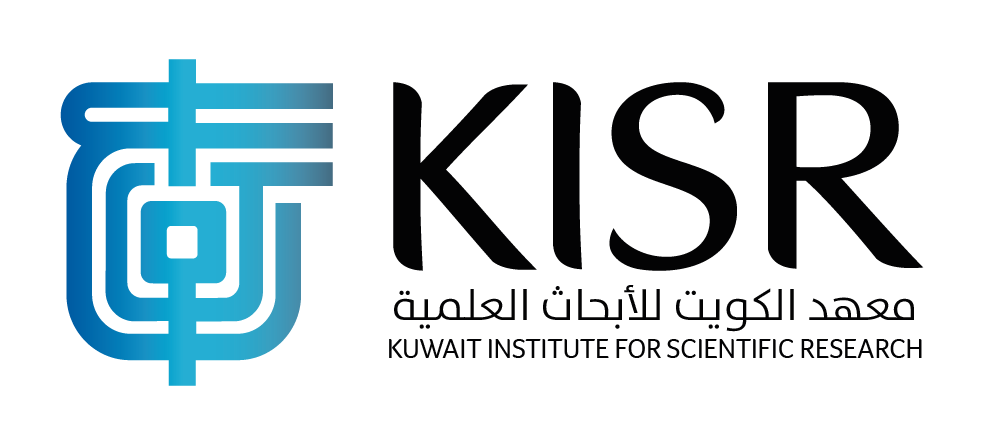STPP FAQ
What are the journal ranking tools used & approved in KISR for journal evaluation?
Journal Citation Reports (JCR) & Scimago Journal Ranking (SJR) are the only approved tools to evaluate journals and get their rankings (Q1-Q2-Q3-Q4).
What is JCR?
The Journal Citation Reports module within InCites allows you to evaluate and compare journals using citation data drawn from approximately 12,000 scholarly and technical journals and conference proceedings from more than 3,300 publishers in over 60 countries/territories. Journal Citation Reports is the only source of citation data on journals, and includes virtually all specialties in the areas of science, technology, and social sciences.
What does JCR provide?
JCR provides dynamic, interactive features supported by visualizations of JCR indicators that allow researchers and librarians, as well as publishers, to compare, evaluate and inform their decisions on published research in varying fields.
How to Sign in JCR?
To sign in, click the Sign In link that appear in the menu bar at the top of any page in InCites. Enter your email address and password, and then click Sign In.
What are the key features in JCR?
It allows you to:
- Focus on desired subject categories, enabling you to review journal titles and key performance indicators in the category;
- Compare multiple journals based on a chosen indicator;
- Evaluate the performance of journals in which you or your organization has published research;
- Recognize trending journals in key research categories;
- Identify the ideal journal in which to publish your forthcoming research.
How to register?
- Register as a New User
- If you are not a Web of Science user, or if you prefer to use separate credentials to log on to InCites, you must register as a new user.
- Click the Sign In link at the top of any page.
- Click Register in the Sign In area to access the User Registration page.
- Complete the User Registration form, and then click Submit Registration to complete your registration.
Can I access JCR from outside KISR?
YES. Registration entitles you to roaming access–that is, you may log into InCites from computer whose IP address is outside your institution’s range of IP addresses.
How to use JCR wisely?
You should not depend solely on citation data in your journal evaluations. Citation data are not meant to replace informed peer review. Careful attention should be paid to the many conditions that can influence citation rates such as language, journal history and format, publication schedule, and subject specialty.
How to Cite Journal Citation Reports?
- When citing Journal Citation Reports, be sure to include the following information:
- If you wish to call out a specific data point, the data year and the data point name (for example, 2017 Journal Impact Factor)
- The full product name, Journal Citation Reports, in italics
- The edition: Science Edition or Social Sciences Edition. (The edition is not essential)
Name of the publisher, Clarivate Analytics. - Copyright year: The copyright year appears at the bottom of every page in JCR.
Examples:
2017 Journal Impact Factor, Journal Citation Reports Science Edition (Clarivate Analytics, 2018)
Journal Citation Reports Social Sciences Edition (Clarivate Analytics, 2018)
2017 Journal Impact Factor, Journal Citation Reports (Clarivate Analytics, 2018)
What is SCImago Journal and Country Rank?
The SCImago Journal & Country Rank is a publicly available portal that includes the journals and country scientific indicators developed from the information contained in the Scopus® database (Elsevier B.V.). These indicators can be used to assess and analyze scientific domains. Journals can be compared or analysed separately. Country rankings may also be compared or analysed separately. Journals can be grouped by subject area (27 major thematic areas), subject category (313 specific subject categories) or by country. Citation data is drawn from over 34,100 titles from more than 5,000 international publishers and country performance metrics from 239 countries worldwide.
What is the journal refereed status tool used & approved in KISR?
ULRICH’s is the only tool approved in KISR for journal refereed status.




